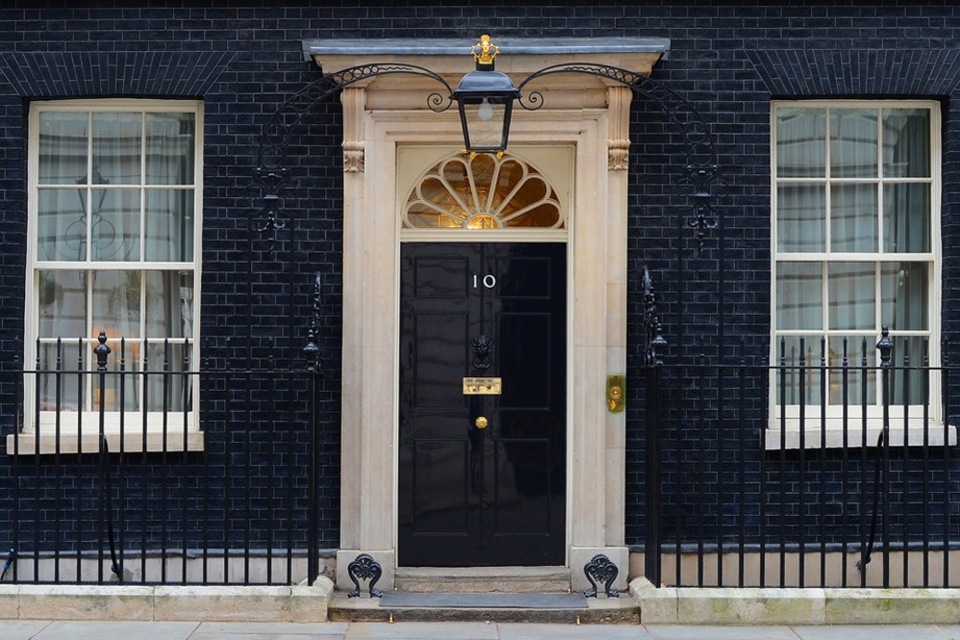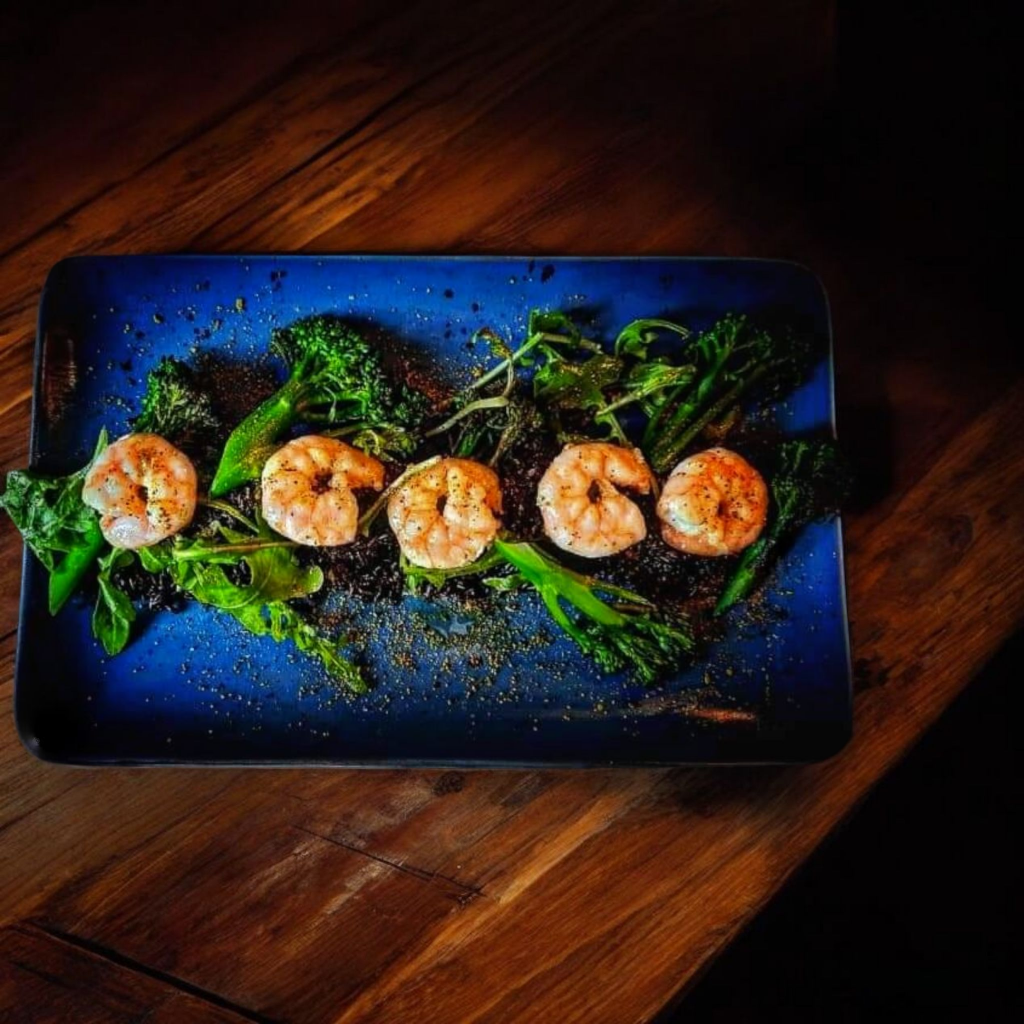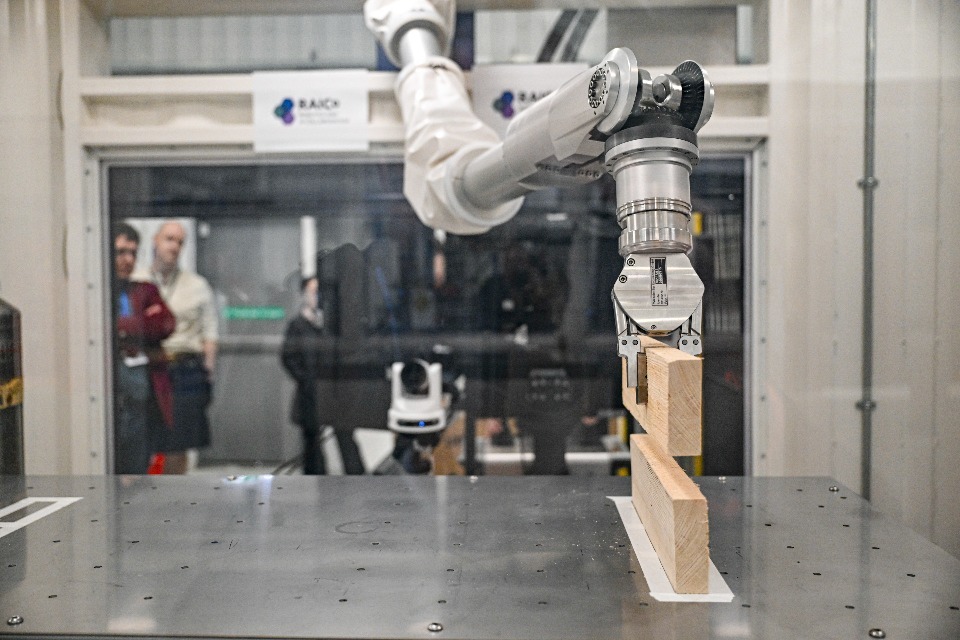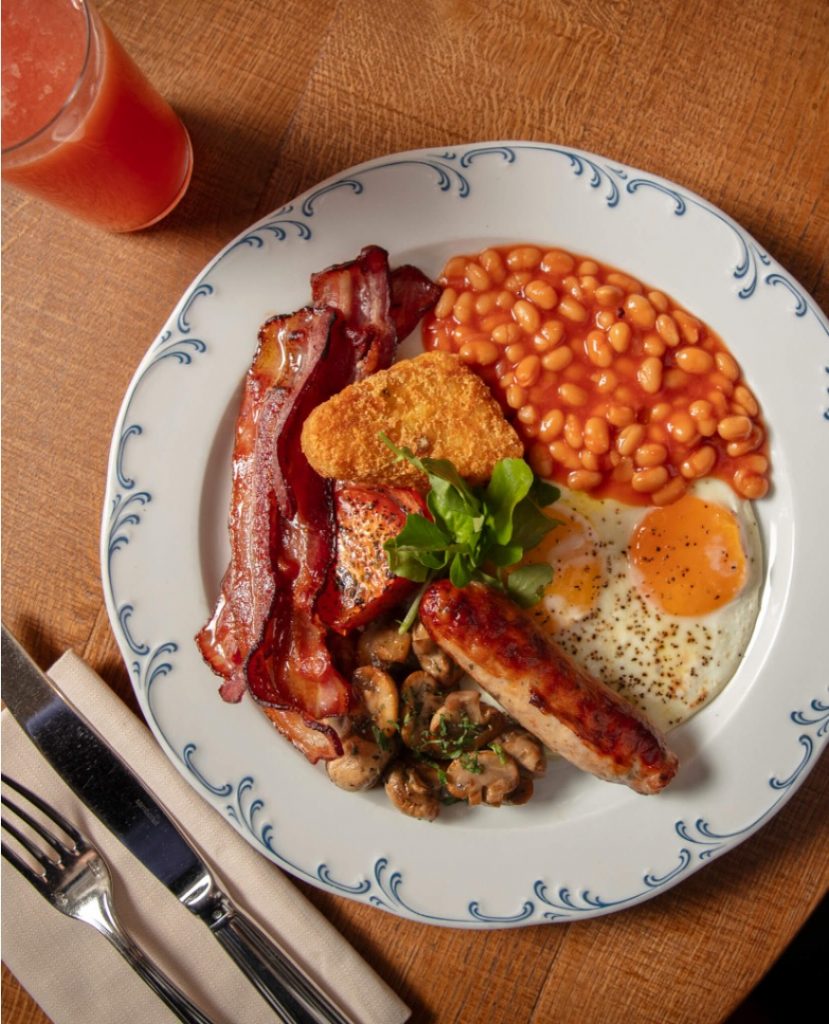What's On
Government’s record £26 billion Budget investment into the NHS sees…
Going Out
Thames Rockets has launched the £1.6m Rocket Rebel, the largest, fastest…
Reviews
Easter is about chocolate eggs, hot cross bottles and sweet…
Latest Articles
The best gifts you can buy for gamers” datanexthead/>nAs a consumer journalist, Pete has reviewed hundreds of products…
Martin Mayer’s shiny, new production, it turns out, is almost every bit as grand and conventional as was…
The Lord Mayor of the , Alastair King, has today named Quantexa, a global leader in AI, data…
Heigh-H, Heigh-H, it’s Disney+ Snow -white will go; But the question is, how long does the audience wait?…
Louise Smyth CBE, Chief Executive of Companies House and Registrar of Companies for England and Wales will be…
The modern Indian restaurant group Krickket is set to open a spacious new location in Covent Garden later…
Celebrate Easter weekend on stage with unlimited brunch offerings and surprise with the Easter egg Gift This Easter,…
Crayfish plague, which is normally spread by invasive American signal crayfish, is deadly for the native species and…
In Spotlight
The Department for Transport (DfT) needed to understand data flows…





































